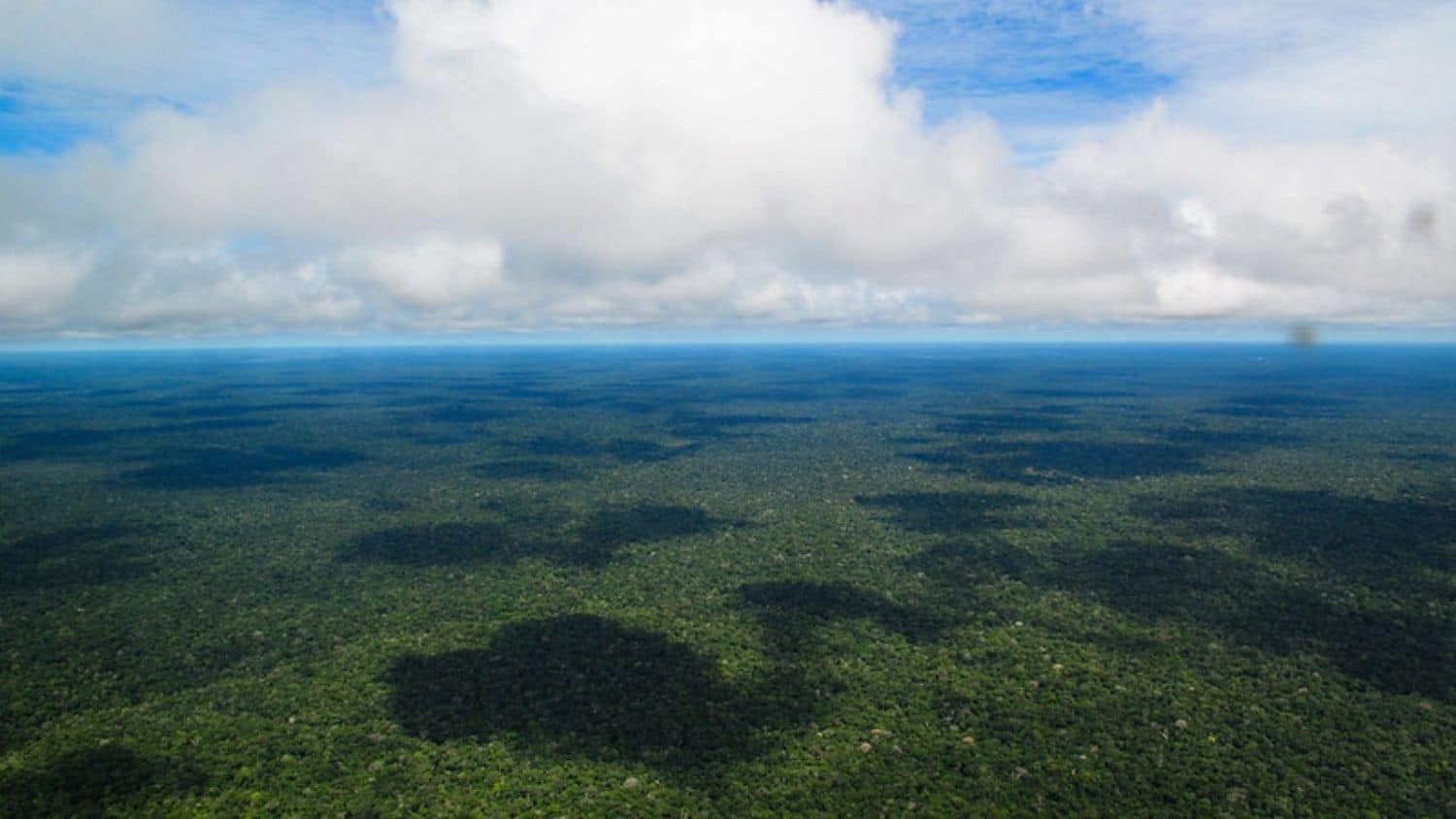Saving the Brazilian Amazon Sustainably Is a Team Effort

A study led by a North Carolina State University researcher found a state government program to engage local governments in curbing deforestation in the Amazon rainforest helped the region economically, but didn’t directly reduce deforestation beyond federal efforts.
The findings, published in a special issue of World Development, have policy implications for implementing climate change policy that’s sustainable – not just in Brazil, but around the globe. They suggest local, state and federal governments could play different, but equally important, roles in ensuring these efforts are successful.
“What we found is that just the local government, in and of itself, wasn’t reducing deforestation,” said Erin Sills, professor of forestry and environment resources at NC State. “You need the combination of federal, state and local efforts to both reduce deforestation and sustain the economy. You needed the federal government to put its muscle behind the effort.”
The Abstract spoke with Sills about the study, which evaluated the impact of the Green Municipality Program in 2011-2014 on deforestation and the economy in the Brazilian state Pará. The state launched the program in response to the federal government’s move to blacklist municipalities with the highest rates of deforestation, using law enforcement, economic sanctions and political pressure to try to reverse those trends.
TA: Why did you study Pará in Brazil?
Sills: Pará is one of the largest states in the Brazilian Amazon rainforest. It was one of the first places where deforestation started when the federal government built a road into the rainforest. The state has contributed substantially to global carbon emissions with all of its deforestation. In more recent years, it has shown some interest in establishing a more sustainable economy and slowing deforestation down. We focused on an innovative program in Pará, the Green Municipality Program, launched in 2011 to help control deforestation.
TA: What did the program do?
It helped local governments set up a system whereby they could find out where deforestation was occurring, and have a direct line to the federal and state governments for support. It also ensured that economic actors in municipalities could participate in government programs to help them pursue low carbon economic activities such as perennial crops or agroforestry or more intensive management of cattle as opposed to extensive pasture systems. We think that bundle of programs together made the “green municipalities” better places to do business.
TA: What did you find out about the state program’s impact on deforestation?
Sills: Most of the municipalities that chose to participate were already under a stick from the federal government telling them they had to reduce deforestation. We didn’t find any evidence that the state government program had any additional impact on reducing deforestation.
We did find that it helped to maintain the economy in the participating municipalities. This program helped them mitigate economic impacts of controlling deforestation. Maybe in the long run that is going to help make lower levels of deforestation more politically sustainable. The people in these municipalities who believe that deforestation should continue say that converting forest to agriculture is the basis of their economy. The program could help grow the economy in ways other than cutting down forest to make room for crops or pasture.
TA: How did you track deforestation and economic impacts?
Sills: For deforestation, we used the same satellite measures that the federal government used to decide which municipalities to put on the blacklist. Those come from NASA’s Landsat program. For economic impacts, we used records of Brazil’s value-added tax, which is a tax on sales at every step along the way – including everything from sales of primary materials, processors, final manufacturers, retailers and consumers. So the total tax revenues reflect the total value-added in the economy.
TA: What is the takeaway from a policy perspective?
Sills: We think the combination of local capacity and the federal government putting incentives out there made a difference in putting the region on a more sustainable path.
Unfortunately, what’s happened under the current federal administration is they decided they were no longer concerned about deforestation; now they encourage it. The program still exists, but it doesn’t have the same context or purpose. The Green Municipality Program was set up to respond to a strong federal incentive.
- Categories: